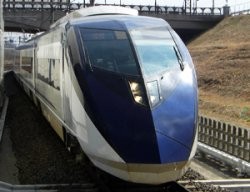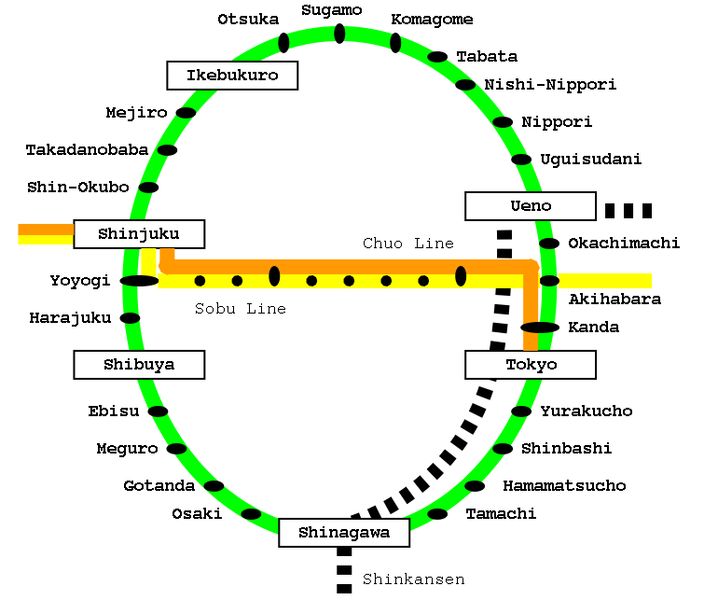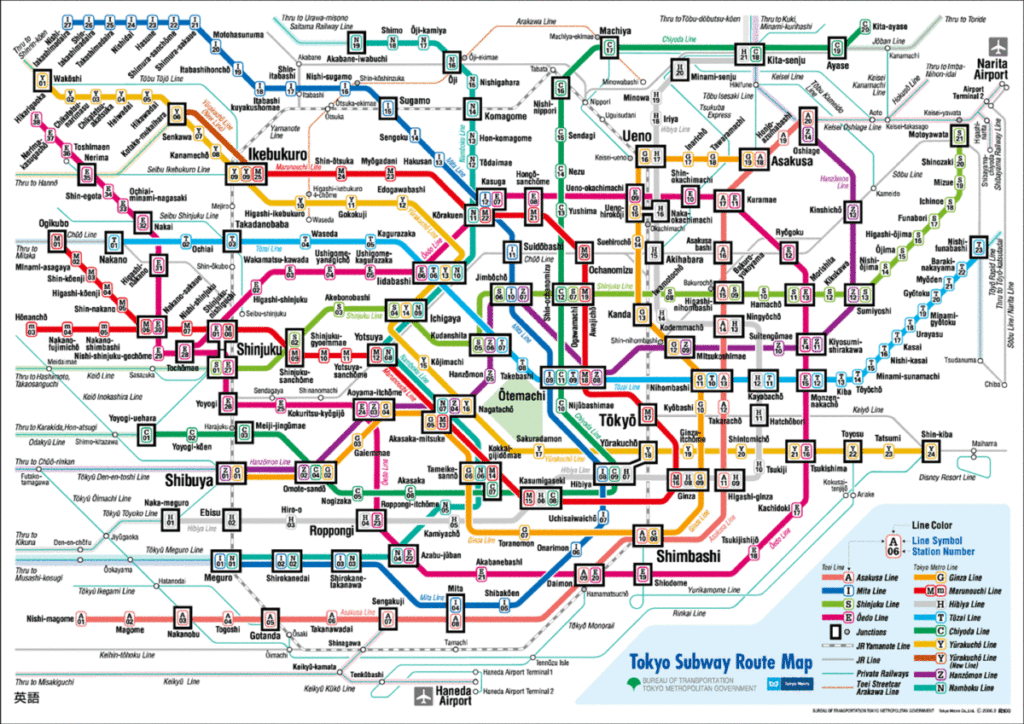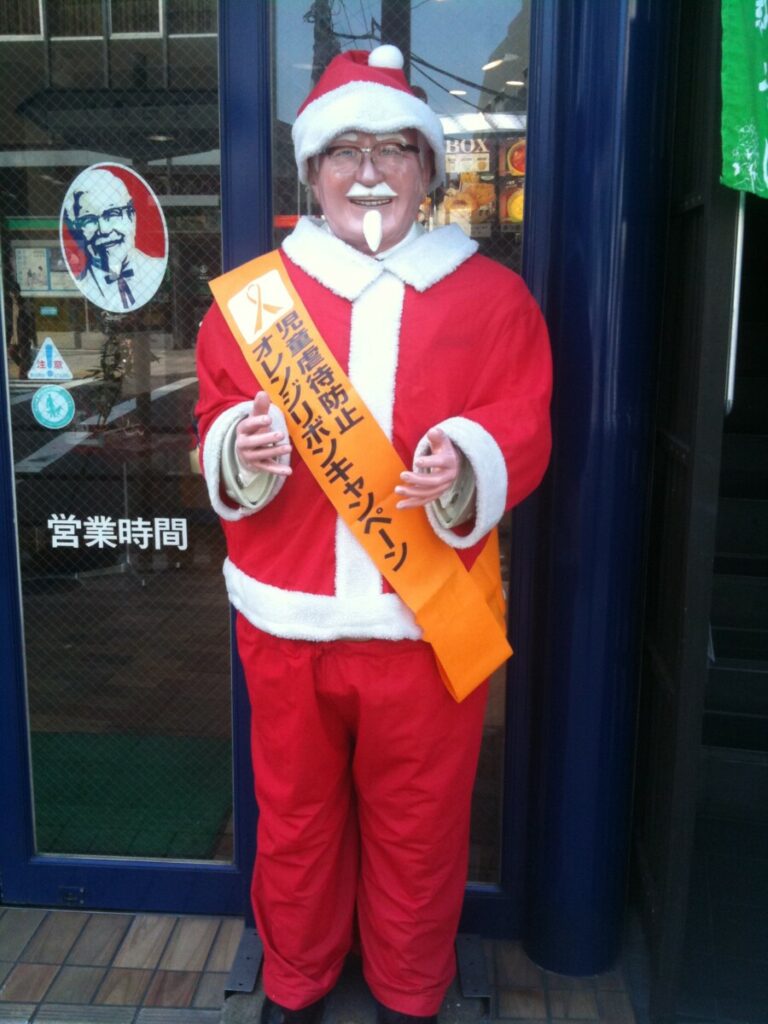Tokyo is a magical place for me.
It is full of millions (around 20 mil) and viewing it from above extends beyond the horizon. It never ceases to evoke a deep sense of wonder. Each person having their own unique experience in this seemingly infinite city all interacting with each other to form a collective “normality” contributing to the character of Tokyo.
In this post I’d like to share with you my thoughts when both visiting and thinking about this fascinating city.
1. Arriving
– From the minute I step off the plane I take a deep breath and a wide smile appears on my face. Just like when you enter a persons house and each one has a distinct scent, so does each country. I love the scent of Japan.
This may sound strange but to demonstrate, when I arrived in Ho Chi Minh City from Narita a very excited Japanese tourist remarked 日本のにおいじゃないね!(This doesn’t smell like Japan does it!) To be honest, this was the first time I had even thought about countries having their own distinct scents but after that I started to pay attention and they were right!

Perhaps a main reason for my excitement is that Tokyo feels like home. I am equally thrilled that I get to use my Japanese constantly and never fail to be amazed that I can function in this very unique society. I step through customs into the airport and walk immediately to an express train called “Sky Liner.”
This train will have you in Tokyo in about an hour and I always wonder where my fellow travelers have been, where they are going and what experiences they may have had.
I pick a seat by the window and even though we are traveling at high speeds for over an hour, the development on both sides are only broken very sporadically and I am astounded by how many people live in or near Tokyo.
So many “mansions” (large apartment buildings) and all of them having a few hundred doors and rising about 20 floors. Each door leading the way to rooms containing inhabitants who have families, jobs, school or other activities, all of them contributing to the Tokyo experience. I often wish I could write a book by interviewing everyone to understand what their lives are like, their hopes, their fears and what life is like for them.
My stop is Nippori (日暮里駅) and from here I connect to the Yamanote Line
1. The Yamanote Line

– This line is the one that makes sense of all the others. It runs in a circle around the entire city and often serves as a reference point for tourists. From the Yamanote Line you can get anywhere else in Tokyo.
One thing that is often not in the guidebooks and Japanese really do not think about is what exactly “Yamanote” means. There is no deep meaning, just thought I would point this out.
山の手 = Mountain’s Hand. For a brief explanation of these symbols, please see my post “Speak American – Fun Lesson in Language.”
山 = Mountain – Just draw the covering line and you have a picture of a mountain.
の = This is not Kanji, but Hiragana. It is a possessive, — something belongs to the mountain.
手 = Hand – Think of a palm and the creases in it.
My own area of Tokyo stretched from Ikebukuro to Mejiro to Takadanobaba (Up there in the top left corner). As Tokyo is so large the area where you spend most of your time may only be a few stations and the ones you get to know really well. Again, here are some meanings, although most Japanese will not pay attention to them this way. Just like when we think of New York, do we really think about York in England and the American version being “new?”
(池袋) = Pond Bag – How they came up with this I have no idea.
(目白) = White Eye
(高田馬場) – High Rice Field Station
All of the stations in Tokyo have a “jingle” which lets you know the train is about to leave. As I have so many fond memories of Tokyo, these jingles always bring back a flood of memories. I tried to find them on the internet to use as a ringtone for my phone but without much luck. So, the last time I was in Tokyo I captured my favorites with my Iphone
Mejiro Jingle – HERE
Takadanobaba Jingle – HERE
There are many fun activities one can do using the Yamanote Line but two I would like to mention here are the following.
a.) Yamanote Drinking Game! – This is where you visit bars at each station, have a few drinks and continue on. It’s like a bar crawl in the USA but much more fun as you are covering some serious ground and visiting completely different neighborhoods!
b.) Yamanote Hike – This I have not done and to be honest, wonder if I have the stamina to walk the entire line (completely around Tokyo!) From what I’ve read this should take about 14 hours provided you do not get lost. Yet, it has been done and I found a great link to the experience on “Great Escapes.” Click here for the pictures.
But if you think the Yamanote line is big, you will be in for quite a shock when you see the entire network.

Now, many of the stations are very very large. I remember the first time I arrived in my “home station” Ikebukuro. I thought there was no way I would ever be able to find my way around. I arrived with a group of other Nova teachers and we just stood there all huddled together with our big suitcases while millions of salarymen and women swarmed around us. I remember seeing one foreigner giving us a sly look as he walked by and I was quite jealous that he knew where he was going all by himself!
Now, I myself am an old pro and know that station like the back of my hand. Yet, I cannot pat myself on the back too much because I still get lost in Shinjuku station (especially the Southern part) and just forget about Tokyo Station, that is way out of my “neighborhood.”
2. Tokyo – The city
What always astounds me is that every single inch of this city seems like it is covered by development. Stores, roads, bridges, restaurants, every single millimeter with concrete or other development materials on it (except for the parks and “green spots” of course).
If you’re trying to find a certain store or restaurant in Tokyo it is best to look up rather than sideways as we’re accustomed to doing in the West. It seems like everything is as high as a skyscraper with their flashing lights and sounds to sufficiently numb your senses.
Here is a quick video I took in October 2009
***VIDEO DELETED AND NO LONGER EXISTS***
You could spend a week in only one block of Tokyo and still not discover everything that is there.
3. The People
People in Tokyo do not just hang about. You will see thousands of people going from point A to point B without really looking around. What are all of these people doing?
For many, they are simply coming from or going to work. They are on a mission to get there and if you say, ask them for directions it is almost like you have awoken them from a dream. They are used to doing their same routine from day to day and any interruption might be a shock.
For those that are not working they will have a specific plan. They stand at the meeting spot checking their cell phones and when their friends arrive, they go to a predetermined location. I have sat and watched and I really never see anyone just meandering about looking around them. These are people with a purpose!
Even though there seems to be so much activity going on and millions of people here, it is surprising to learn that many people are lonely.
I was an English teacher and saw many of the same students weekly. It was in English language school that I really was able to understand more about the daily lives of people in Tokyo. Just being out on the street in the middle of crowds, you will find that you may not be able to meet anyone. Surrounded by thousands yet all alone.
Most only have a very small group of friends that they met in High School or University and it is rare that they will expand this friend base. After school you join a company and are now part of a “group.” They are expected to work horrendous hours with the only entertainment being various “Nomikai” (飲み会 = drinking parties) throughout the year.
People in Tokyo are pretty stiff until you find a way to loosen them up and the best way to do that is with alcohol. It provides a social lubricant where people can “let down their hair” a little and unwind. In Western societies this might seem a bit strange but if you can’t hold your liquor in Japan (or do not drink) then you will probably not be very successful in doing business there.
*Side Note – An interesting party
I once had the good fortune to attend a high level party between American businessmen and their Japanese customers. The first thing that came out was alcohol. I was the only one among the Americans who could speak Japanese so had to do a bit of translating. The Japanese referred to me as a (変な外人 – Hen na gaijin – Strange foreigner). This was actually a compliment and is used for foreigners who know an awful lot about Japan which is rare.
Now it is important to note that the Japanese aim with the party is to “better” the business relationship. We do the same in the USA but it might be a little less formalized (and less alcohol.)
We had drunken a lot when I turned my head and to my surprise, there stood in the doorway one of the American businessmen with a SAMURAI SUIT ON COMPLETE WITH SWORD! I never laughed so hard in my life and my Sake almost came out of my nose! That was an intense WTF moment!
What formerly was a very nervous business man, now was smiling widely and he even had the old style Samurai hair! What was impressive is this was all meticulously planned as the Japanese new they could not communicate well with the Americans, so to make it a fun experience was to get us hammered and put us in Samurai suits. Their plan worked and there were good feelings all around.
Aside from that, there is something about the experience of having a woman in Kimono come cook your food and pour your drinks. This is not a “Geisha,” those are very rare and if you’re not with the Prime Minister than it is probably just a lady in Kimono.
*End side note
Back to the drinking party, it is very interesting to pay attention to the social dynamics of these parties especially when there are single men and women there. It is not uncommon for single people who work together to eventually get married. As I mentioned above, even though there are millions in Tokyo, many people feel quite alone. The only place they have interaction with the opposite sex are at work (or other entertainment places). And, the only place they can actually talk are at the Nomikai after a bit of alcohol!
So given this, Nomikais are quite exciting if the singles are there because there are is something else in the air other than the smell of booze. You get to talk to the opposite sex about things other than stiff, polite business speak! Yay!
————————-
Well, I started this post last week and saved it as a draft and to be honest, I cannot get into the same mindset as I was.
Perhaps this is because I just watched a movie set in Imperial Japan and it kind of reminded me of an experience I had at Waseda University. There are so many ways I could take this post but it would run very long and would be better suited for separate posts.
So instead of writing them all out I’ll just make a list for myself should I feel like writing about them.
1. Harajuku Girls – Subcultures in Tokyo
2. Waseda – Student Life
3. Group mentality – Something you can never escape from
4. Gaijin – What it is like being a “gaijin” in Tokyo
5. The changing characteristics of young people in Japan. “Freeters”
6. Nationalism
More than a few heavy topics in there and I do not feel like leaving off on a heavy note. So let me just leave you with a picture of Colonel Sanders in a Santa Suit. 🙂 笑笑
